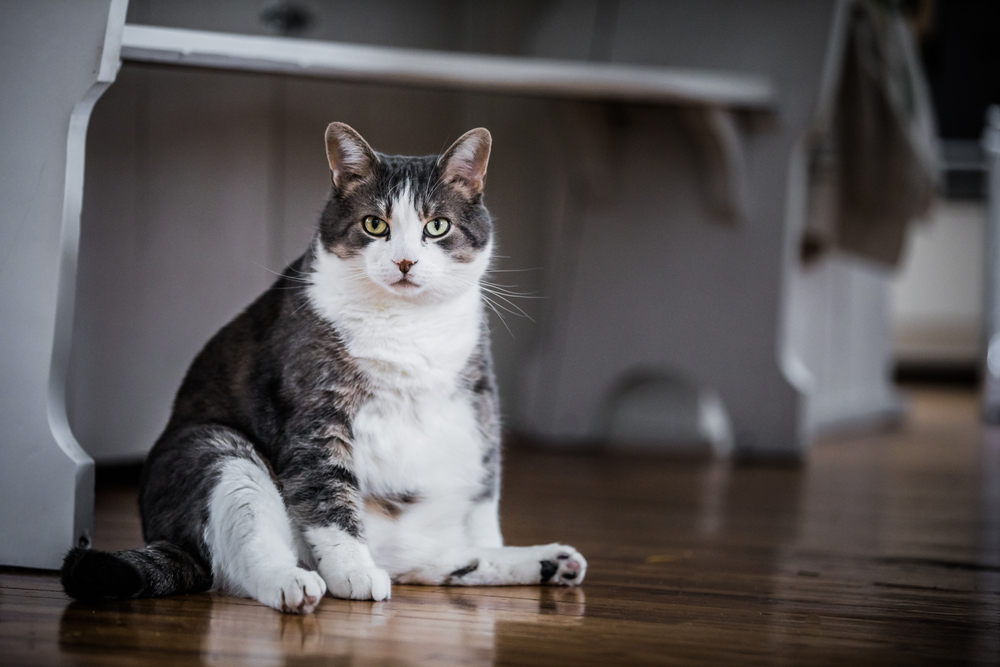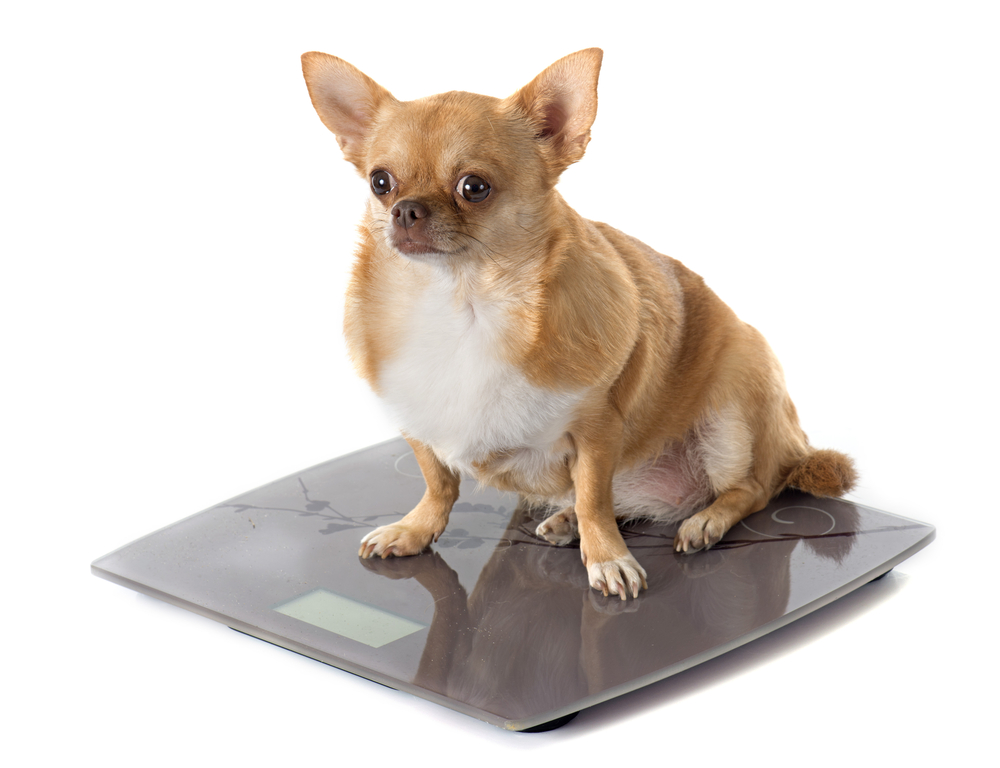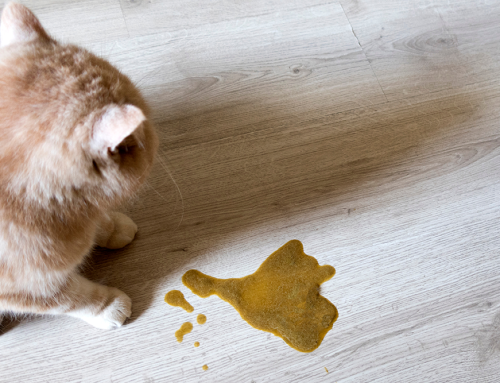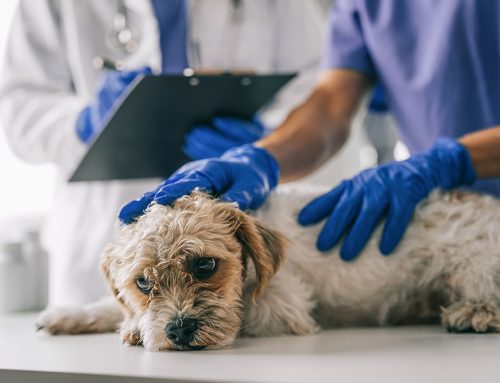According to the Association for Pet Obesity Prevention’s 2018 survey, 55.8% of dogs and 59.5% of cats are clinically overweight or obese. These percentages have risen since 2010, when added pounds or obesity affected 43% of dogs and 53% of cats, making extra weight in pets a growing problem. With the currently available weight-loss tools to help cats and dogs, our Wellness Animal Hospital team is here to help put a stop to the obesity epidemic and help our furry friends live long, healthy lives. Learn how to evaluate whether your pet is overweight, and how to help them lose those extra pounds.
Health issues caused by obesity in pets
Obesity is a serious problem that can make many health issues worse, or increase your pet’s risk for developing certain conditions. If your pet is overweight or obese, they are more likely to develop:
- Heart disease
- Respiratory disorders
- Endocrine disease (e.g., diabetes, Cushing’s disease, hypothyroidism)
- Skin infections
- Bladder stones
- Osteoarthritis
- Some cancers
If your pet is carrying additional weight, they have an increased risk for adverse effects while under anesthesia, and their surgical recovery may be delayed. In addition to increasing their risk for a multitude of health problems, obesity also shortens your pet’s lifespan.
How to determine if your pet is at a healthy weight

If your pet has a thick hair coat, you may have difficulty determining if they are fat or fluffy. Simply looking at your furry pal is not an effective way to evaluate their body condition, and neither is the number of pounds displayed on the scale. While your pet’s weight can be compared with breed standards, many pets’ weight is outside the standard range, especially if they are a mixed breed. Rather than relying on a standard number that really cannot be applied to your unique pet, use their weight as a starting point to determine how many pounds they may need to lose, and focus on their body condition score (BCS).
Your pet’s BCS is the best indicator of whether they are at a healthy weight by considering each dog or cat as an individual, rather than comparing them with a breed standard. To assess your pet’s BCS, run your hands down the sides of their body. If you can feel their ribs when you apply light pressure, they are likely within the healthy weight range. If you cannot feel your pet’s rib cage when you press on their sides, they are too heavy. In addition, palpate along the sides of your pet’s body until you reach their hind end. Does their waist blend in with their hind end? Ideally, your pet should have an hourglass figure, with a defined waistline. Finally, run your hand along your pet’s abdomen. Does your pet’s abdomen form a straight line or pooch down? A pet with an ideal body condition has an abdominal tuck, with no sagging belly.
How to help your pet reach a healthy weight
While pet obesity is a major issue, you have many options to help your four-legged friend lose those extra pounds. Try the following pet weight-loss tips:
- Make exercise fun — When daily exercise is mundane, you and your pet have no motivation to incorporate movement in your schedule. Treat activity as playtime with your pet by jogging across the backyard while your dog chases after you attempting to grab their favorite toy. You can also head out on walks to exciting new places, or flick a feather wand to get your furry feline friend moving. Switch up the exercise routine to keep your pet interested and entertained.
- Measure your pet’s food — Rather than automatically filling your pet’s food dish when empty, use an actual measuring cup to portion out their meals. For example, if your pet should be eating no more than one cup of food twice a day, measure each serving rather than eyeballing the portion.
- Offer healthy treats — Do your pet’s begging eyes compel you to share your potato chips or pizza with them? Rather than giving your pet treats that are high in fat and calories, offer them a healthy option—such as fresh fruit and veggies, or fully cooked lean meats that are unseasoned and boneless. Try tempting your pet with morsels of apples, bananas, berries, green beans, carrots, squash, chicken breast, or salmon.
- Visit your veterinarian — Some pets do not lose weight through a regular diet and exercise program. These pets may have metabolic conditions that make weight loss difficult, or they may need additional help, such as a prescription diet food. Visit your Wellness Animal Hospital veterinarian for help if your pet is struggling to lose weight.
If your furry pal is having trouble shedding extra pounds, contact our Wellness Animal Hospital team to schedule a nutritional consultation, so we can help your pet reach their ideal weight.







Leave A Comment